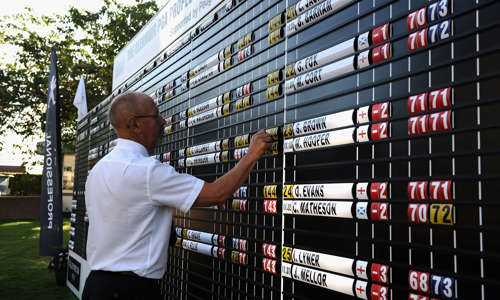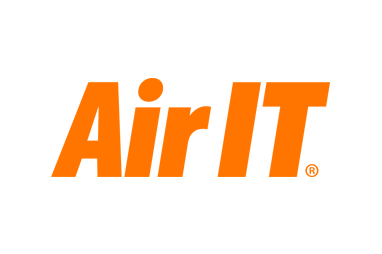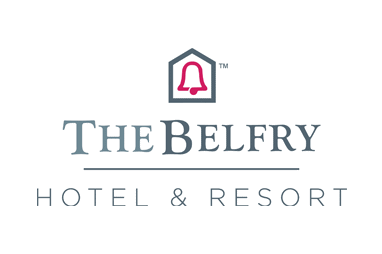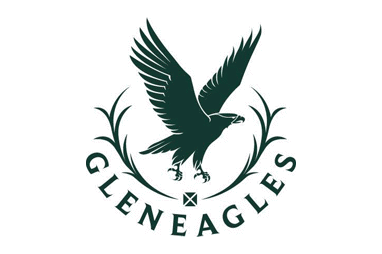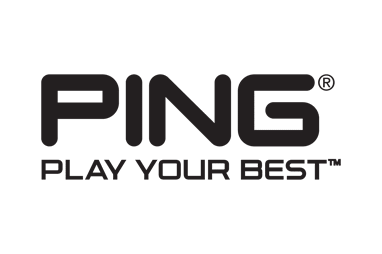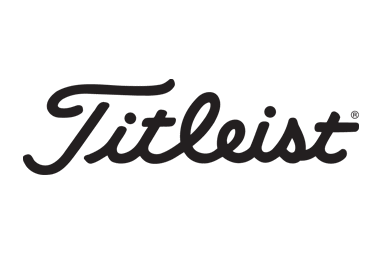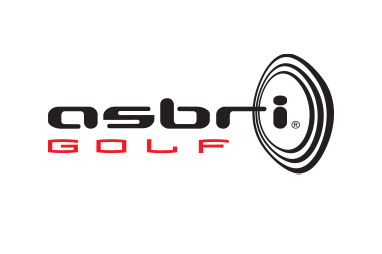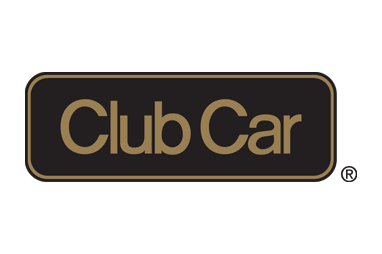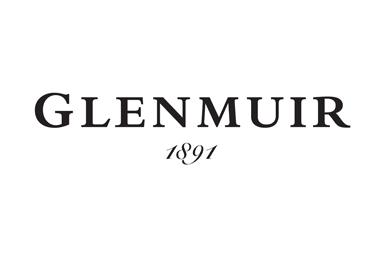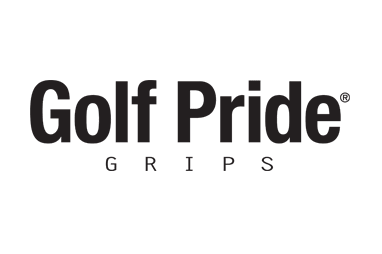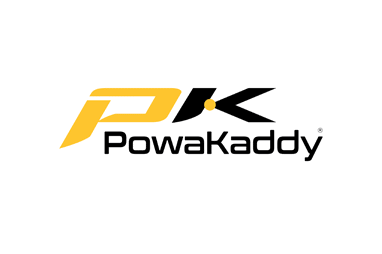In today’s golf retail landscape, personalisation is no longer a nice-to-have, it’s essential. With so many customer types, from seasoned members to first-time visitors, understanding who you're selling to and how they shop is key. That’s where data segmentation comes in.
Chris Knight from The Revenue Club breaks down how golf retailers can use segmentation and CRM systems to improve customer engagement, increase revenue, and stay competitive.
What is data segmentation in golf retail?
Data segmentation means breaking down your customer base into distinct groups based on behaviour, preferences, and demographics. In golf retail, this can help you deliver better service and more relevant offers. A scratch golfer, for example, has very different needs than someone new to the game. Segmenting helps you tailor your marketing, drive loyalty, optimise stock, and improve promotions.
While independent retailers may not have access to the same tech as industry giants like IKEA, which use AI and in-store tracking to understand customer habits, there are still valuable lessons to apply.





